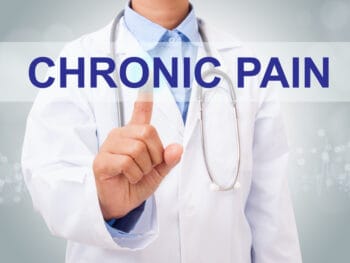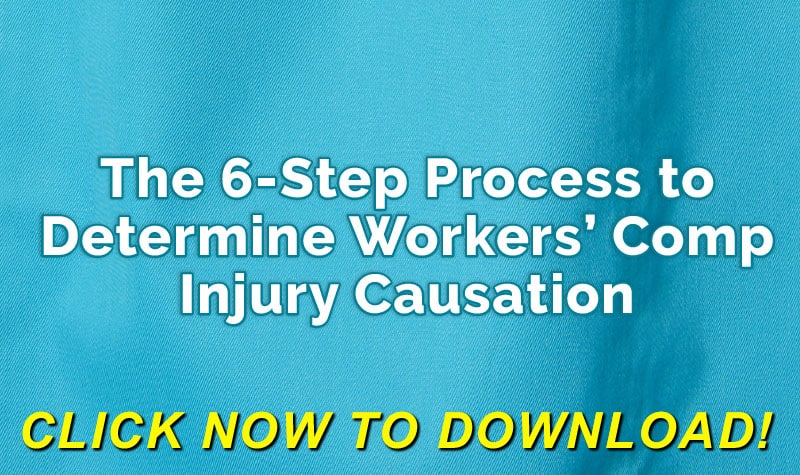
What is an Independent Medical Examination?
The independent medical examination (IME) is when the defense interests must have the employee seen by a medical expert. Common limitations on this examination are defined in statute and typically include:
- When the examination needs to be completed and the report filed with the court or industrial commission;
- Distance and employees are required to travel to attend the examination. The insurance carrier is typically required to reimburse the employee for reasonable travel expenses, including meals, lodging, and mileage reimbursement; and
- Frequency of the examination. Statutes typically provide they be conducted on a “reasonable basis,” defined as once and only once. Additional examinations are usually permissible for claims involving multiple injuries or conditions, recommendations regarding surgery, or claims of Permanent Total Disability.
The bottom line is that independent medical examination should only be used once all information has been received through discovery and all medical records are collected.
Click Link to Access Free PDF Download
“The 6-Step Process To Determine Workers’ Comp Injury Causation”
Do I Need an IME in Every Claim?
Several studies on the effective use of independent medical examinations have concluded that they are often used too frequently and on the wrong claims. Now is the time to review how you use independent medical examinations and make better decisions.
It is estimated that 20% of independent medical examinations could be eliminated, and up to 30% of their outcomes could be improved.
- Reducing IMEs: Claim handlers typically use the independent medical examination to “move the claim along.” This comes in claims where the employee has not recovered from their work injury in the recognized time frame. It will generally take several weeks to get the employee into the medical expert and several more to receive the report. There is also the cost of the examination. Use a Peer Review Physician instead.
- Improving IME Outcomes: Bad outcomes can result when having the employee seen by an independent medical examiner. Outcomes can be disastrous when a complete set of medical records is not provided. Other errors include not organizing the records for the expert, preparing a poor cover letter, and not timing it correctly.
It is also crucial to remember that sending the employee to examinations often considered “adverse” changes the dynamic of a claim and pushes the employee toward retaining a lawyer. Carefully consider what you try to fix, accomplish, or avoid when scheduling an injured employee for an independent medical examination. Carefully evaluate the costs and how they will change the claim’s complexion.
Maximizing the Impact of the IME
One can take several steps to improve the impact of independent medical examination and avoid poor outcomes.
- Obtain a complete set of medical records. Review recorded statements and deposition testimony to ensure no stone has been left unturned during the discovery process.
- Organize the medical records in an easy-to-review manner. Contact the expert to determine if they want the records sorted chronologically or per medical provider. Including a medical chronology can also be helpful if there are certain records or reports one wants to emphasize.
- Prepare a clear and concise cover letter. Outline all the medical records and exhibits included with the letter. Present the information in a chronological format, and that is only factual.
Always remember that all information submitted to the expert is discoverable. Medical chronologies and cover letters should be factual and void of opinion or conjecture. Remember if you need to make it easy for your expert to review the records and provide the best findings and opinions possible.
Conclusions
Independent medical examinations can be effective when done right. The challenge for members of the claim management team and other interested stakeholders is to use it only when completely necessary. In order to avoid unnecessary or poor outcomes, all should understand the constraints of the examination and use it only when it will positively impact the trajectory of the claim. Seeking opportunities to improve outcomes are also necessary. This should include a review of tips on maximizing the impact of the examination. Now is the time to review your processes to have better results.

Contact: mstack@reduceyourworkerscomp.com.
Workers’ Comp Roundup Blog: http://blog.reduceyourworkerscomp.com/
©2023 Amaxx LLC. All rights reserved under International Copyright Law.
Do not use this information without independent verification. All state laws vary. You should consult with your insurance broker, attorney, or qualified professional.













 Effective Claim Handling for PTSD Claims
Effective Claim Handling for PTSD Claims
